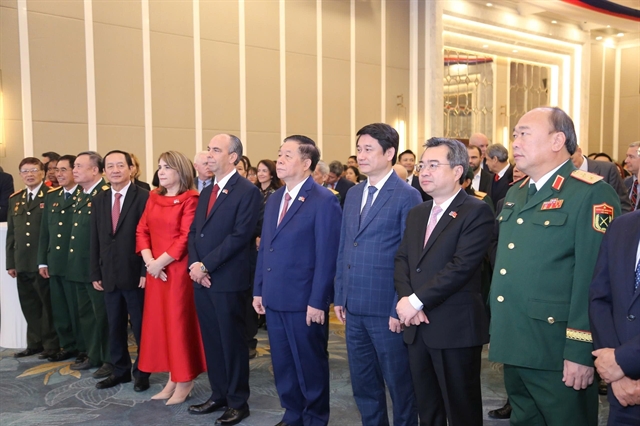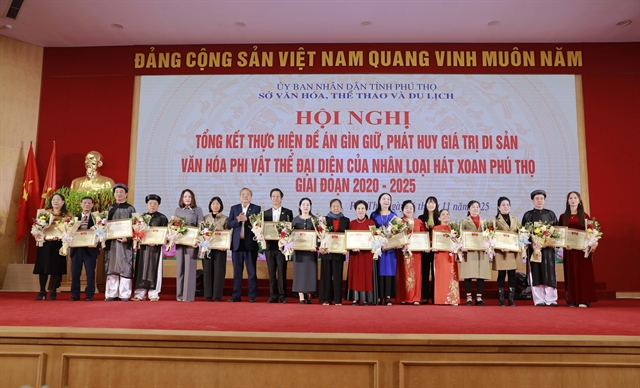 Life & Style
Life & Style
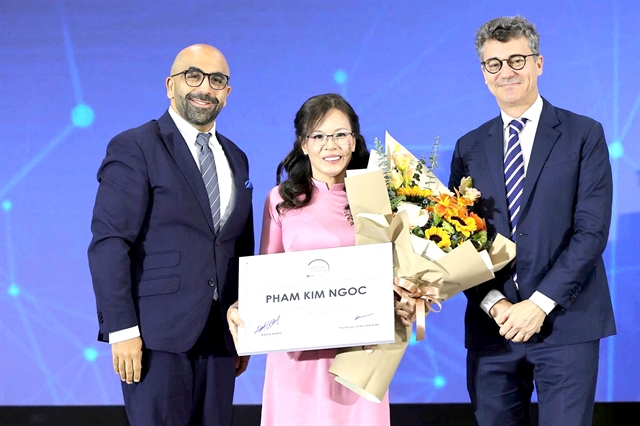
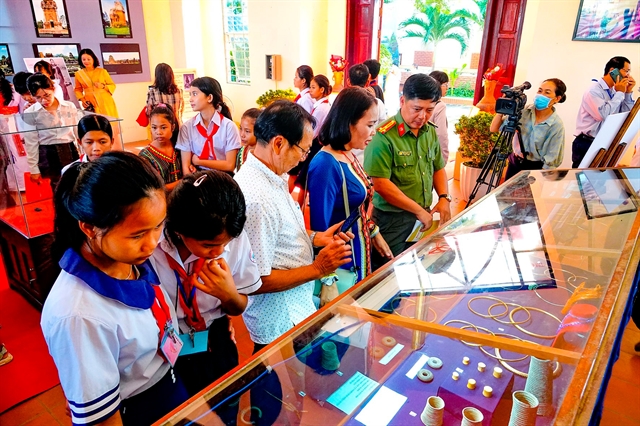 |
| Visitors view ancient jewelry items of the Chăm people and ethnic minority groups in Tây Nguyên (Central Highlands) region, which are on display at the Chăm Culture Exhibition Centre in Bình Thuận District. — File photo from baobinhthuan.com.vn |
BÌNH THUẬN — The coastal province of Bình Thuận is launching a series of cultural activities to promote the culture of the Chăm ethnicity.
The programme includes an exhibition showcasing a collection of ancient jewelry of the Chăm people and ethnic minority groups in the Tây Nguyên (Central Highlands) region.
The collection consists of 264 diversified jewelry items such as earrings, bracelets, necklaces, rings, and hair brooches which were made of materials including bone, horn, crystal, gems, gold, silver, and bronze.
All the jewelry dates from the Sa Huỳnh Culture (2,500 to 3,000 years ago) to the end of the 19th century.
They are part of a collection of 3,000 jewelry items of collector Nguyễn Quốc Dũng from Lâm Đồng Province’s Đà Lạt City.
According to Dũng, the exhibition gives information on the jewelry of the Chăm people and other ethnic minority groups in the Central Highlands region. It also reflects their lifestyle, religion and aesthetics.
The exhibition will open at the Chăm Culture Exhibition Centre in Bắc Bình District until October 25.
In addition, visitors can learn how to do brocade weaving, make pottery items, and cook traditional food with local Chăm artisans at the exhibition.
 |
| Chăm people in Bình Thuận perform rituals to Po Sah Inư Goddess at the Katê Festival. — VNA/VNS Photo Nguyễn Thanh |
All the activities are part of the celebration of the Katê Festival, the largest traditional festival of the Chăm people in Bình Thuận.
The festival is celebrated annually in the first three days of the seventh month of the Chăm calendar (October in the solar calendar) to show their gratitude to kings, mandarins and ancestors, and pray for good harvests, health and prosperity.
The festival is held annually at Pô Sah Inư Chăm Towers in Phan Thiết City’s Phú Hài District with traditional rituals like offering costumes to Po Sah Inư Goddess, bathing Linga - Yoni statues, and a performance of a ‘thanksgiving’ ceremony.
People and artists in traditional clothes will join and perform in cultural shows, folk dances, music performances with traditional instruments and folk games.
The festival was recognised by the Ministry of Culture, Sports and Tourism as an intangible cultural heritage in 2022. — VNS


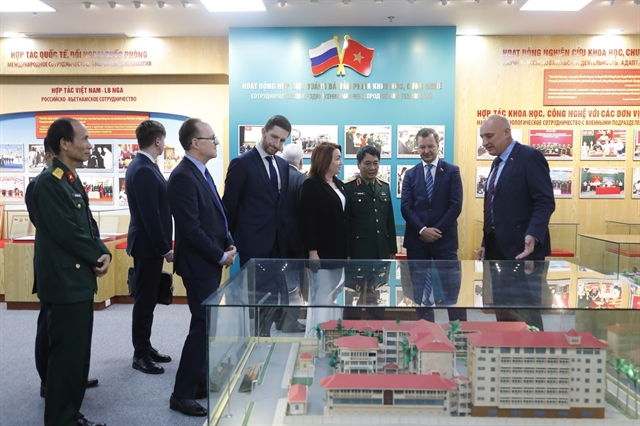
.jpg)
